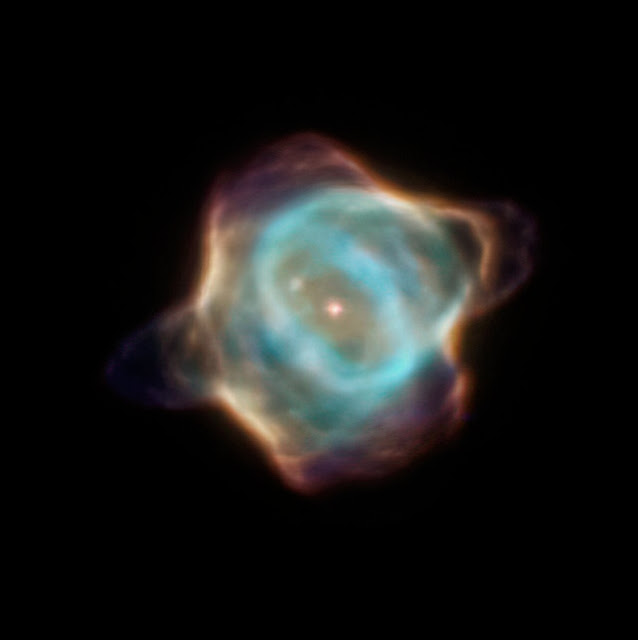CLEP - China Lunar Exploration Program logo.
Dec. 5, 2020
Chang’e-5 - rendezvous and docking
Chang’e-5 - Rendezvous and docking explained
The Chang’e-5 ascender and orbiter-sample return vehicle will automatically dock in lunar orbit. Li Gefei (researcher, Beijing Aerospace Control Center) explains the rendezvous maneuvers and Peng Jing (deputy chief designer of the Chang’e-5 probe) explains the docking process.
Chang’e-5 seen by NASA’s Lunar Reconnaissance Orbiter (LRO)
NASA’s Lunar Reconnaissance Orbiter observed China’s Chang’e-5 lander-ascender one day after it landed on the near side of the Moon, near Mons Rümker, in the northern region of Oceanus Procellarum, on 1 December 2020, at 15:11 UTC (23:11 China Standard Time). The LROC team computed the coordinates of the lander to be 43.0576° N, 308.0839°E, –2570 m elevation, with an estimated accuracy of plus-or-minus 20 meters.
According to Lin Yangting (professor, Institute of Geology and Geophysics, Chinese Academy of Sciences), a joint team will be formed with European researchers to study the samples, part of the cooperation with the European Space Agency.
Related articles:
Chang’e-5 ascends to lunar orbit
https://orbiterchspacenews.blogspot.com/2020/12/change-5-ascends-to-lunar-orbit.html
Chang’e-5 collecting lunar samples
https://orbiterchspacenews.blogspot.com/2020/12/change-5-collecting-lunar-samples.html
Chang’e-5 lands on the Moon
https://orbiterchspacenews.blogspot.com/2020/12/change-5-lands-on-moon.html
Chang’e-5 ready for Moon landing
https://orbiterchspacenews.blogspot.com/2020/11/change-5-ready-for-moon-landing.html
Chang’e-5 enters lunar orbit
https://orbiterchspacenews.blogspot.com/2020/11/change-5-enters-lunar-orbit.html
Chang’e-5 completes first orbital correction
https://orbiterchspacenews.blogspot.com/2020/11/change-5-completes-first-orbital.html
CASC - Long March-5 Y5 launches Chang’e-5 lunar mission
https://orbiterchspacenews.blogspot.com/2020/11/casc-long-march-5-y5-launches-change-5.html
ESA tracks Chang'e-5 Moon mission
https://orbiterchspacenews.blogspot.com/2020/11/esa-tracks-change-5-moon-mission.html
Related links:
For more information about China Aerospace Science and Technology Corporation (CASC), visit: http://english.spacechina.com/n16421/index.html
For more information about China National Space Administration (CNSA), visit: http://www.cnsa.gov.cn/
Image, Videos, Text, Credits: CNSA/China Central Television (CCTV)/NASA/GSFC/Arizona State University/SciNews/Orbiter.ch Aerospace/Roland Berga.
Greetings, Orbiter.ch




















































